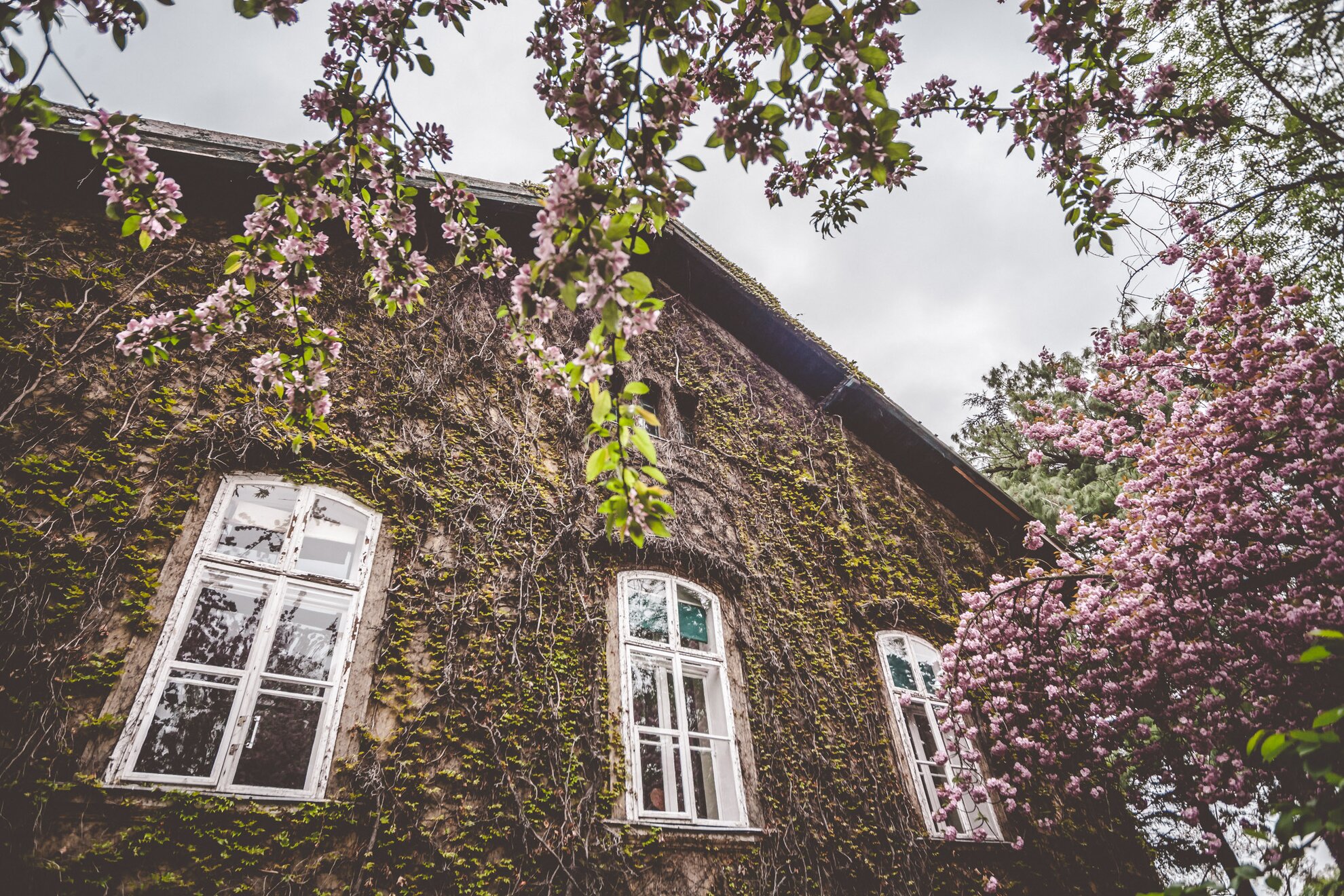Older than America

The founding of the country's oldest botanical gardens is closely connected with the University of Trnava, in present-day Slovakia. In 1771, they were created in person by Jakab Winterl, professor of chemistry and botany, so that medical students could study real plants instead of painted figures while researching the country's flora. Sadly, the gardens outside the city limits were next to a small stream that flooded every year, destroying much of the plant stock.
When the university moved to Buda, it brought with it what was then known as the Hortus Botanicus, ’Herb Garden’, which was located in the area between today’s Krisztina tér and Déli station. A few years later, the plants moved again, over to Pest, and the Franciscan monastery garden, between what are now Reáltanoda utca and Kossuth Lajos utca.

After Winterl's death, chemist and botanist Pál Kitaibel took over. He worked in almost every branch of the natural sciences, and was responsible for collecting and describing the plants of Hungary. He was constantly in the field, touring different countries and enriching the botanical garden with the special plants he collected.
By the early 1800s, thanks to a better relationship with the authorities, the university management could devote more money to maintaining the garden, but Kitaibel’s passion for collecting also made the site increasingly valuable, so moving again became necessary. The Herb Garden was replanted outside the city walls, in the area of today’s Múzeum körút, but this collection (together with the greenhouses) were destroyed by the Great Flood of Pest in 1838.
After the flood, Archduke József himself took care of the gardens, also managing to buy the castle formerly belonging to Antal Festetics and the adjacent park there, in the area between the metro entrance of today’s Semmelweis klinikák metro station and Ludovika tér, Józsefváros, in the 1850s. Since then, with so much urban development, the gardens have shrunk to two-thirds of their original area.
At the beginning of the 20th century, it was suggested that theu be moved to Margaret Island or Lágymányos in Buda but in the end they stayed put.
Habsburgs and hunting lodges

Wandering around the gardens’ oldest specimens, the 250-year-old cherry tree or the huge ivy-clad Chinese giant sequoia, you may be forgiven for thinking there was anything here beforehand, as you surrender to the aromatic breeze of purple acacias and rustle of bamboo.
There were once five large lakes in the park, fed by the waters of the Illés spring which flowed throughout. By the 1900s, this had disappeared, the lakes dried up because its water base was used elsewhere, such as for beer at the Dreher Brewery.

As the city and population grew, more and more adequate housing was needed, so green space diminished. When the capital’s large-scale hospital construction programme was launched, the space needed for these buildings was taken from the gardens, reducing them from ten to the current three hectares. The remaining plant material was duly relocated.
Rising out of the bamboo, Antal Festetics’ castle displays Neo-Baroque and Neo-Classical features best witnessed in late autumn or winter, because otherwise the façade is covered with wild grapes. It’s functional, too, containing offices, an events room, a 12,000-vial seed collection, a herbarium, pressed-plant material and a library centuries old.

This particular Festetics Castle was already an extension, built on the area by Márton Szeleczky, which hosted Habsburg monarchs Maria Theresa and Joseph II as they witnessed army manoeuvres on Rákos field. But even more exciting is the fact that the building stands on the site of King Mátyás' hunting lodge, in ruins by the 1700s, when a new building was erected.
Tropical wonders

The star attractions today fill the palm house and greenhouses: tropical plants, orchids, blooming oranges and the magnificent Amazonian giant water lilies, whose leaves cover the pool of Victoria House, built in 1893. The first specimens here native to the slow-flowing tributaries of the Amazon date back to the 19th century, though sadly vandals have pierced its leaves more than once in recent years.

The jungle-like palm house was built in 1865 by József Gerenday who had a zoo in mind. The special octagonal building was designed by József Diescher, but after World War II, though sadly he was sent on leave for 20 years because of serious injury from a flying bomb. Among the huge plants, the sugar palm is the most impressive at 18 metres tall, reaching the top of the dome with its leaves. These plants cannot be shortened, however – if the top of the palm is cut, the plant is destroyed.

The rock garden displays plants from Hungary’s deciduous forest and the Asian continent. Around the arboretum, amid the evergreens, you can find a small stream in summer, evoking the waters of the vanished Illés stream, the more practical reason being that they dampen the air that these plants need in the drier months.

By the director’s office you may spot the protected flora typical of Pilis, the Mecsek and the Bükk, arranged according to Hungarian regions. Rising above are pines 20-25 metres high, most likely planted by the Festetics themselves.
ELTE Botanical Gardens
District VIII. lllés utca 25
Website
Facebook
Current opening hours: Gardens (no Immunity Certificate required) daily 9am-5pm. Palm House/greenhouses (Immunity Certificate required) admission by appointment only.




